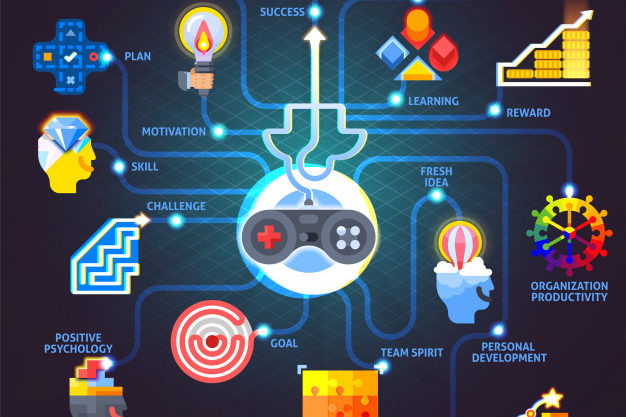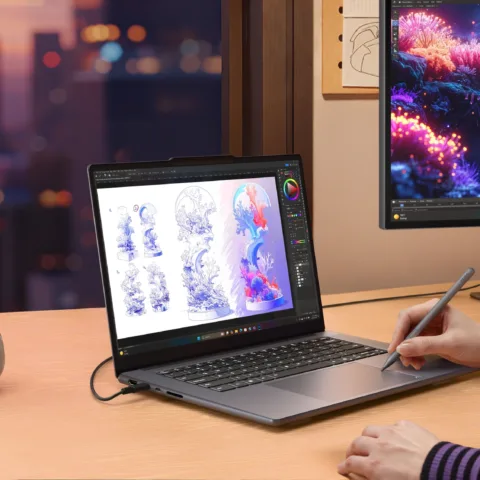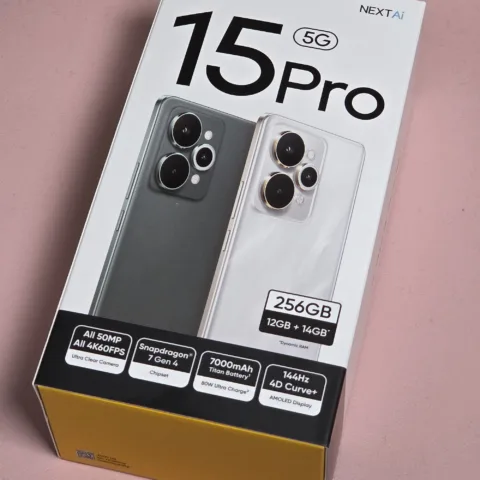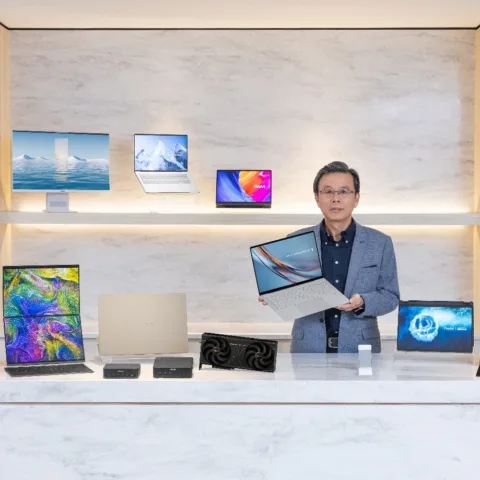Science fiction author Arthur C. Clarke, once said that ‘any sufficiently advanced technology is indistinguishable from magic‘. Even today, the technology we hold in our hands, the cellular phone, is nothing short of magical if we are unfamiliar with its inner workings. A flat box that can be used to talk to people in other towns, and can be used to read about any information we desire, just by asking.
Of course, all the ‘magic’ in our hands or around us, is not always as so. Technology is by essence a machine, which has its own language and behaviour. A simple washing machine must have a control system that conveys the human user’s desires towards that machine. There are buttons what will tell the washing machine how long to spin with what kind of strength. The more complicated the machine, the more complicated the control system, to the point that high-tech devices like computers or smartphones must need an interface to better communicate with humans. The point is, however good a technology, it will need an equally good interface to fulfil its potential. Or in other words, to deliver ‘magic’.
Many high technology users probably do not care about terms like quad core, RAM, horsepower, and so on, even when these words are often used in marketing material for certain products. They only care about watching any video they want without stuttering, or play any game without it crashing. Technology consumers may have come to expect ‘magic’, as most will definitely not understand the technology inside the smartphone. But have all companies delivered a combination of technology and interface that feels like magic?
Steve Jobs is popular with his words ‘It just works’. Apple products will work according to what the users expect (well, perhaps not all the time and not all expectations) because they put emphasis on a good experience rather than sell technology features through teaching jargon. Many car drivers know how to drive and fill up gas, but they might not know about engine maintenance. With the rapid advancement of technology, it is very likely that not everybody will understand 100% about the technology behind something but that does not mean they can’t use it optimally.
An optimum interface design, other than considering the technology itself, must also consider the purposes of such technology use. What functions must be communicated to the user? What kind of user flow would be experienced by a user? What is a user’s expectations from using such a technology? All these questions help to express a technology, hardware or software, so that the function can be understood by humans, even without complete comprehension. The good or bad of this communication, depends on the execution.
Determining what is wanted, or in the future needed, by a user is no mean feat, but it is possible. Pairing the results of those thoughts with suitable technology becomes another problem altogether but we live in times when almost all technology can be produced by anybody (or at least, outsourced to a factory in China), and the differentiating factors are the communication, the interface development, and the service development. Constructing a good interface naturally needs a good and optimum infrastructure and programming design. But at the end of the day, the important thing is not who has the technology or idea, but who can deliver ‘magic’ to their users.
 Ario is a co-founder of Ohdio, an Indonesian music streaming service. He worked in the digital music industry in Indonesia from 2003 to 2010, and recently worked in the movie and TV industry in Vietnam. Keep up with him on Twitter at @barijoe or his blog at http://barijoe.wordpress.com.
Ario is a co-founder of Ohdio, an Indonesian music streaming service. He worked in the digital music industry in Indonesia from 2003 to 2010, and recently worked in the movie and TV industry in Vietnam. Keep up with him on Twitter at @barijoe or his blog at http://barijoe.wordpress.com.
[header image from Shutterstock]








